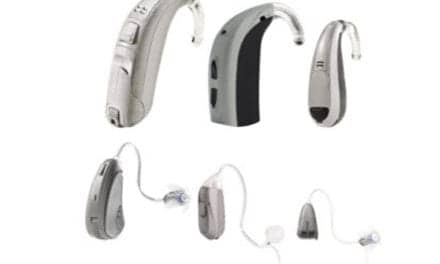By Michele Ahlman
When you talk about implementing patient engagement tools, what are you doing? It’s easy to use catch phrases to define strategies, but what actions are you taking?
The greatest challenge we face in this industry is the reality that we provide the most important piece of technology a human being needs, yet it is the one piece of technology nobody wants to buy. Not sure what I mean? I’ve provided an example below to illustrate my point.
“Hey honey, guess what? I got a bonus at work. I can’t wait to spend this money on a new hearing aid.”
This is said by no one…ever.
The data tells us that it takes about seven years for someone who has hearing loss to finally figure out that hearing is kind of a big deal. Getting that someone in your door is not exactly easy or cheap, either. Once they walk through your door, you had better be ready to engage them and give them a “wow” experience. If your front office staff isn’t rocking that greeting, and if you do not have a patient engagement program in place in the waiting room, you are missing HUGE opportunities to fit more hearing aids, create stronger customer relationships, and develop a customer fan base that becomes a powerful word-of-mouth marketing tool for your practice.
Here are two simple tips to get you started creating a remarkable point-of-care patient engagement program.
Step 1: Create an emotional connection
Emotional anchors are triggers – sounds, images, smells – that take us back to a place in our head; like mental sticky notes. Triggers can take us back to wonderful places. They can also take us back to not-so-good places. Emotional anchors are powerful. Your waiting room is one big emotional trigger for your patients and their families. How it feels, how much light comes in, how the furniture is laid out, the attitude of the front office staff, the artwork and other visuals all create emotional triggers. Engaging your customers in that space can be the beginning of a lasting relationship, or it can result in an expensive lead leaving after that first appointment with no intent to return.
Step 2: Deliver dynamic content
We all know the power of keeping a customer’s mind occupied or entertained while they wait. They lose track of time and the waiting process becomes painless. That’s all good. However, that does not mean that throwing a TV up on the wall and playing The View, HGTV, or any other daytime program is a good idea. Instead of numbing your patients with mindless messaging or, even worse, adding to their stress with messaging you cannot control (including advertising from your competitors — wouldn’t that be great, having your patients watching your competitor’s ad while they sit in your waiting room?), why not present dynamic, professionally developed, customized hearing health content on that screen? Having your patients as a captive audience, even for a few minutes, is an opportunity to educate them and showcase your expertise and products.
So, take full advantage of the time your patients spend waiting to see you and get yourself a digital point-of-care content delivery system for your waiting room. Need help? No sweat, we are available to provide guidance.
Sponsored content courtesy of ClearSounds. See previous blog posts from ClearSounds here.






